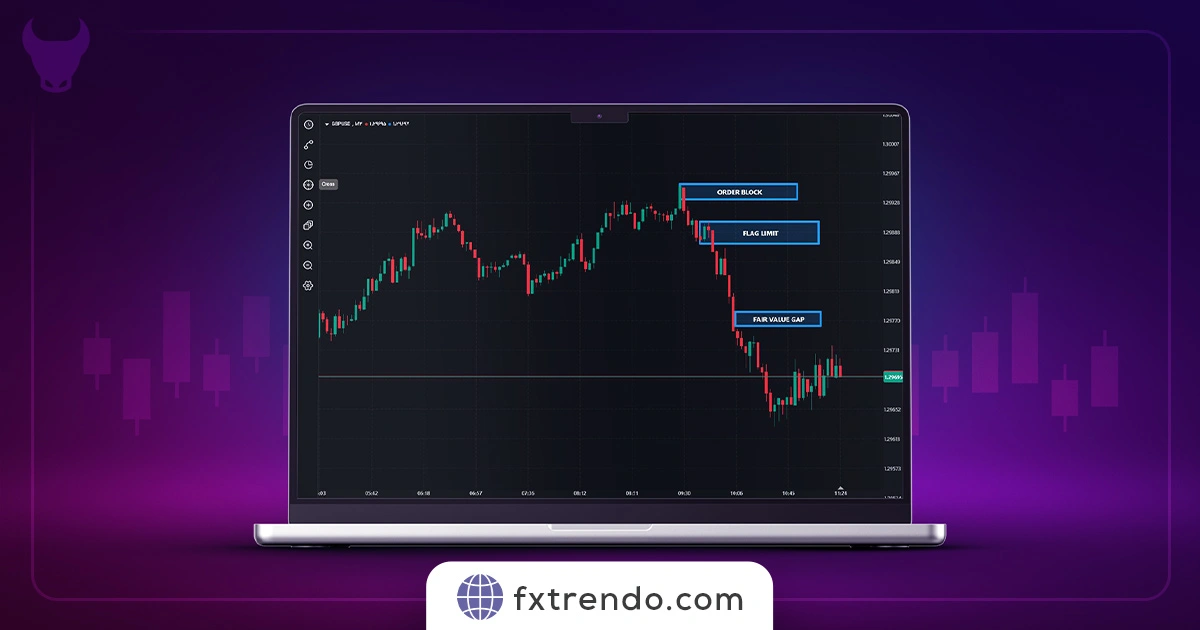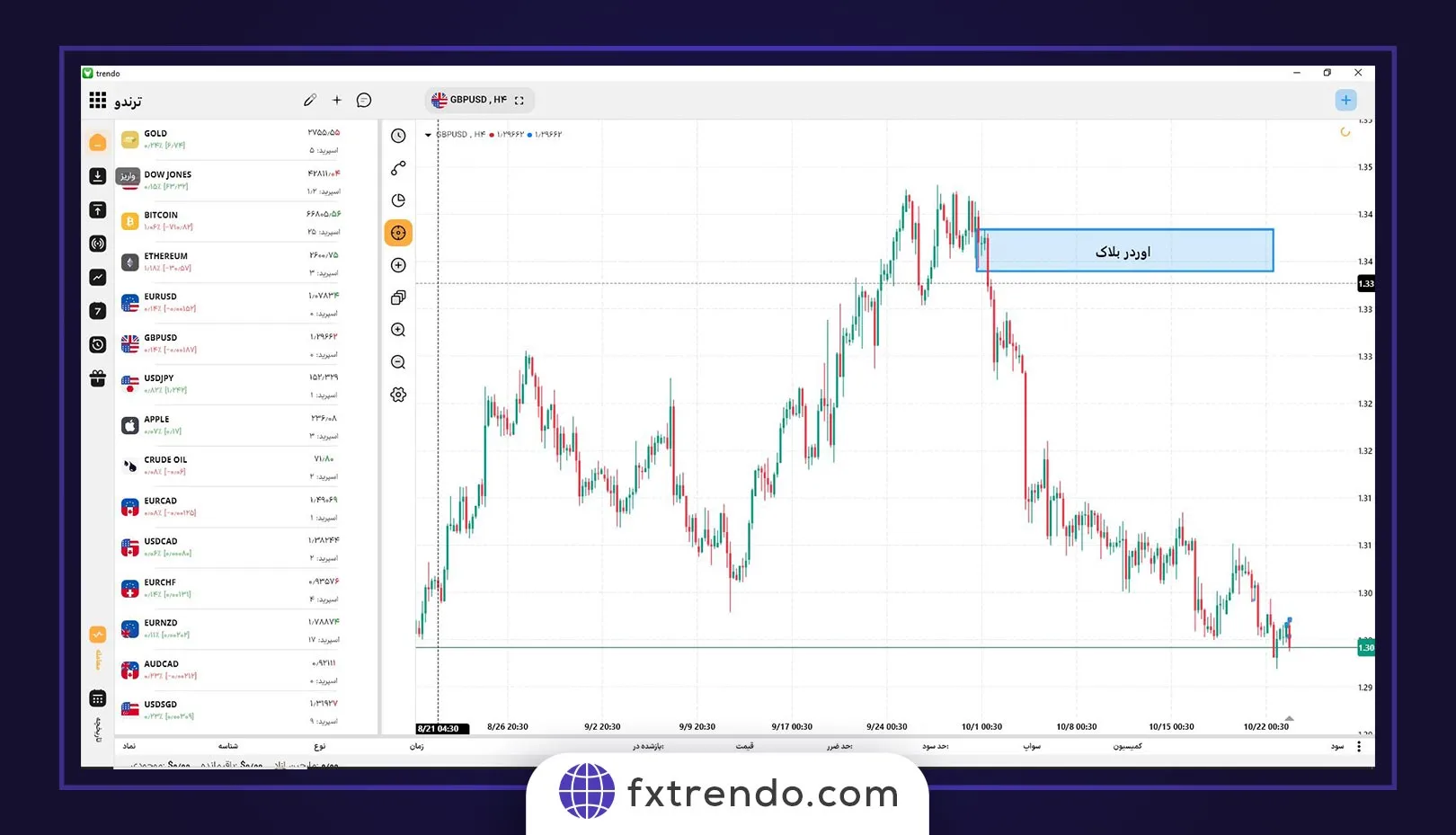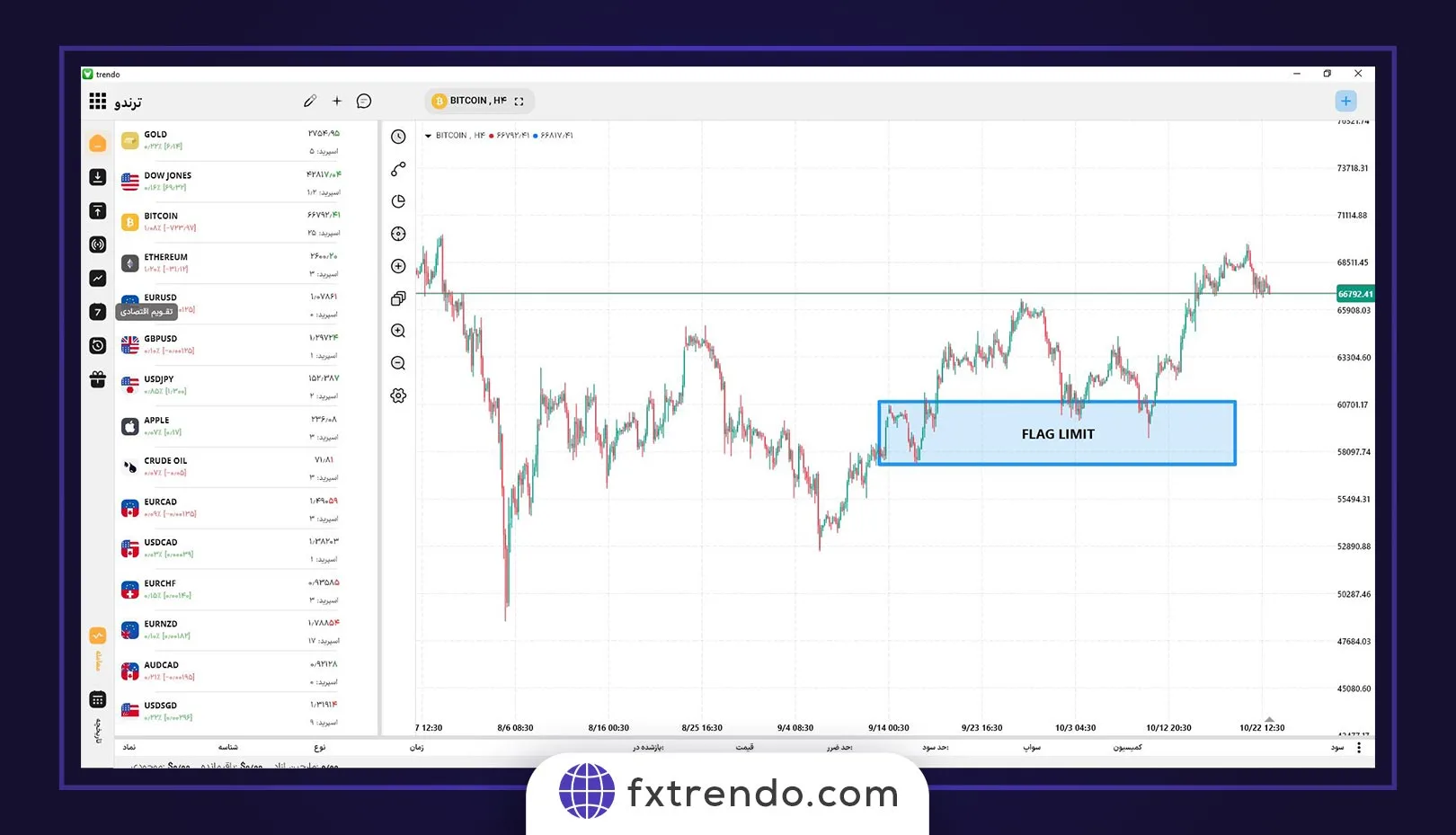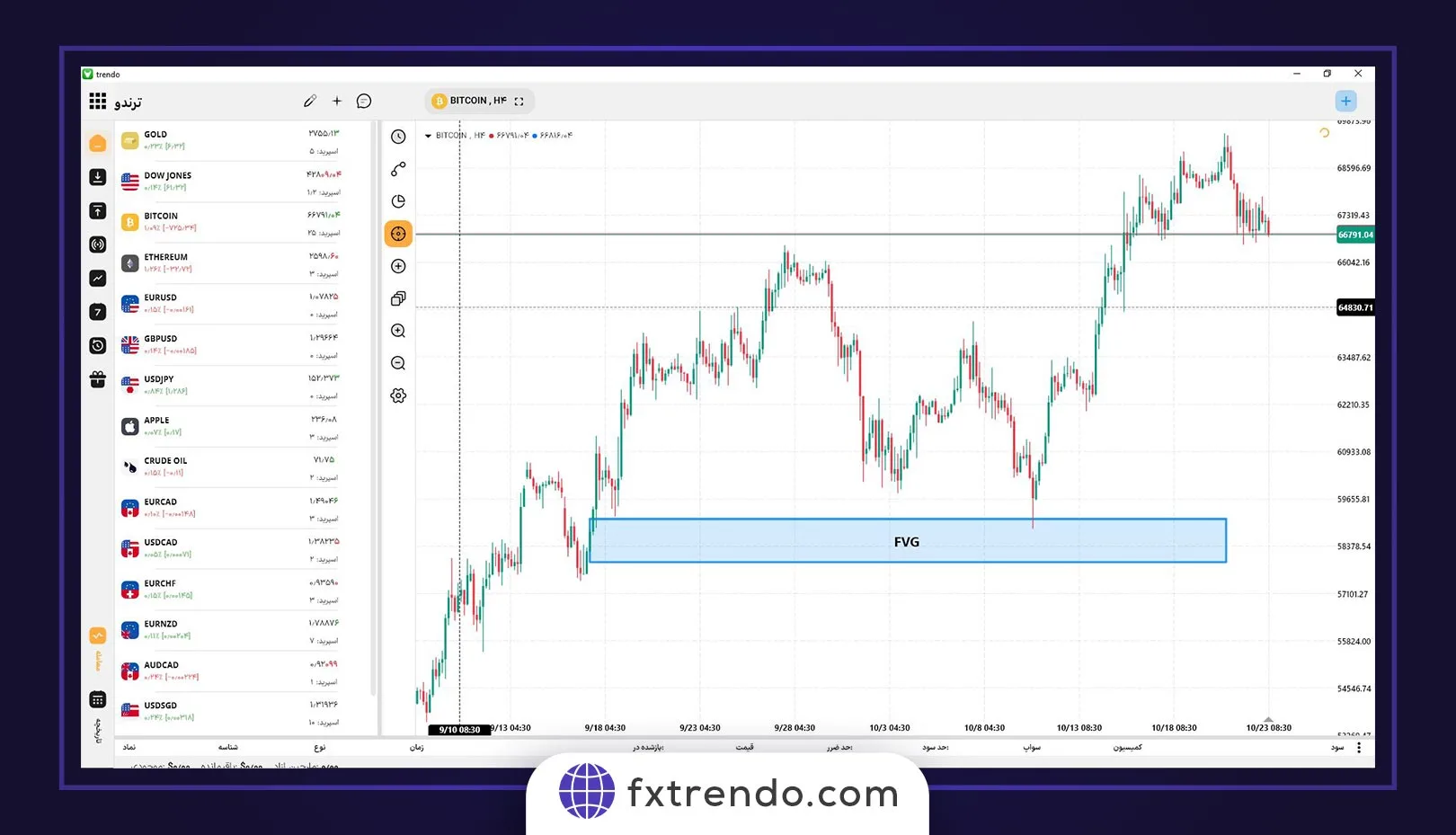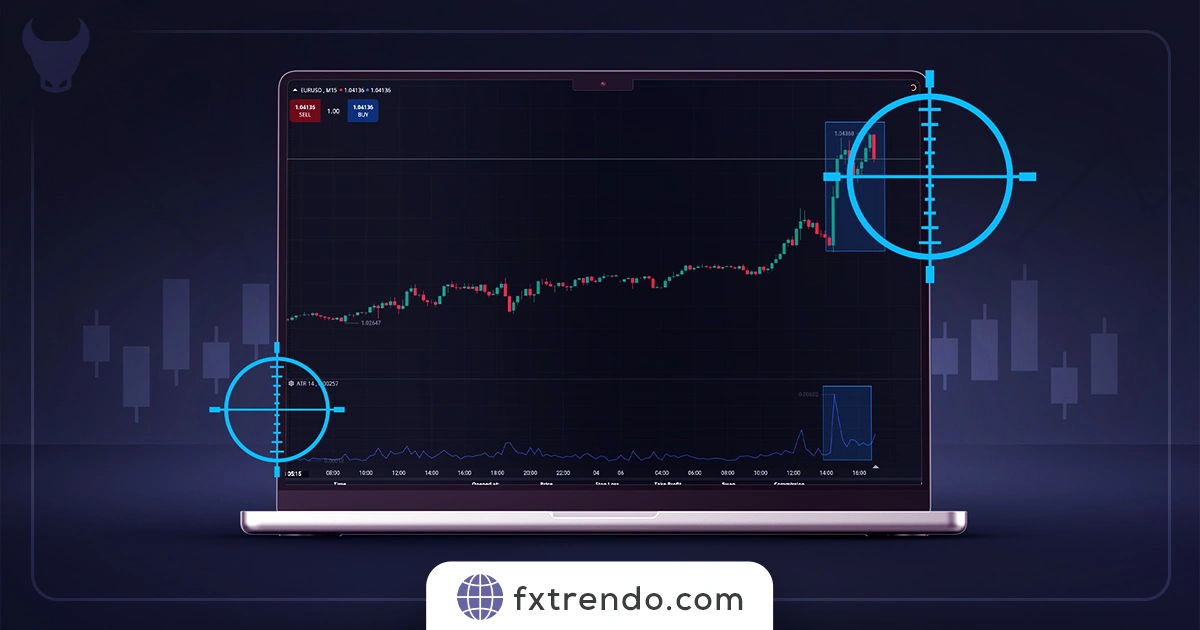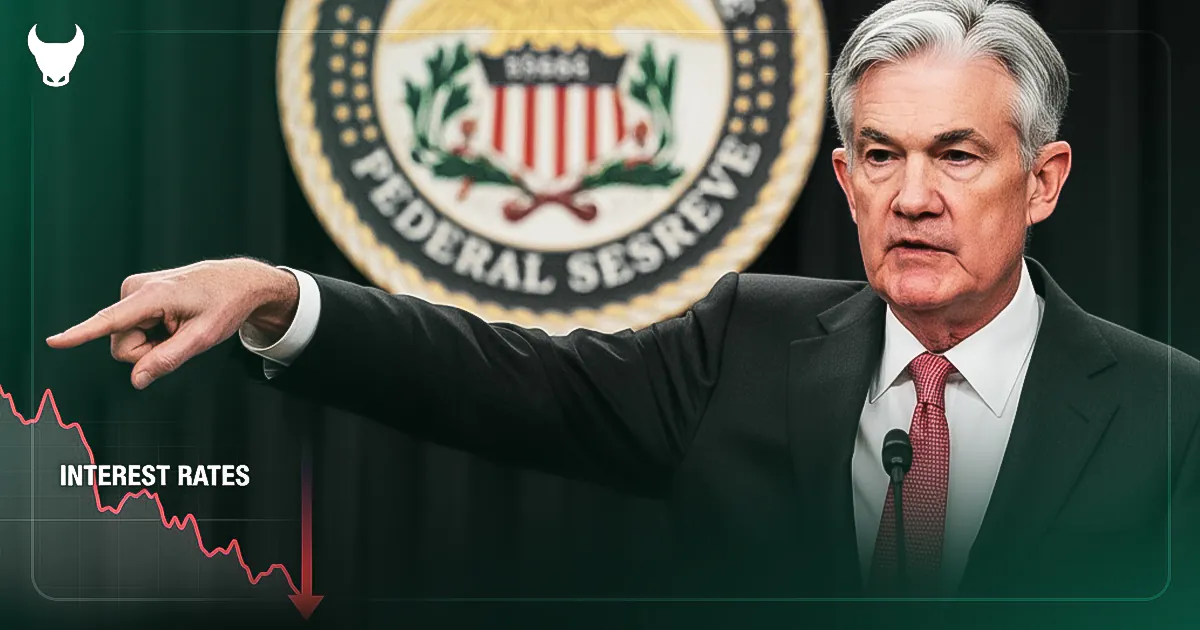In this article, you will learn how to identify the potential reversal zone based on supply and demand price action, providing a deeper understanding of market movements and enhancing your trading strategies.
Identify the PRZ (Potential Reversal Zone) with Smart Money
In the Smart Money trading style, the primary goal is to identify the behavior and movements of “smart money,” which refers to the large institutional investors, banks, and other financial entities that drive significant market movements.
Smart money is thought to have an edge in the market due to its resources, expertise, and insider knowledge. As a result, traders who follow this style focus on detecting areas where these major players are likely to make their moves, often signaling potential price reversals.
One of the key zones to watch for in this style is the Order Block, which is a critical area formed after a Break of Structure (BOS). When the price breaks a significant market structure, an order block is created—essentially a price level where large amounts of orders are likely to have been placed. These levels are often where institutional traders have entered the market, leading to potential price reversals once price returns to them.
When the price returns to this order block after a BOS, traders in the Smart Money style see it as a high-probability PRZ (Potential Reversal Zone). At this point, smart money is likely to re-enter the market, driving the price in the opposite direction. What makes this even more reliable is the reaction of price at these levels. Strong price reactions, such as sudden movements or the formation of specific candlestick patterns, act as confirmations that the smart money is indeed taking action.
Traders using this approach focus on these price levels to make their moves. They watch for clear signals, such as bullish or bearish candlestick patterns, to confirm that the market is likely to reverse.
By entering trades at these PRZ zones, Smart Money traders aim to capitalize on the anticipated price moves, using their understanding of institutional behavior to gain an edge in the market.
This strategy requires patience and attention to detail, but for those who master it, it offers a powerful way to identify and take advantage of potential reversals in the market, guided by the actions of the larger financial players.
Identify the PRZ Zone with RTM Style
The RTM (Read The Market) trading style focuses on understanding price behavior and market movements by closely analyzing supply and demand dynamics. Traders using the RTM approach aim to gain a deeper insight into what is happening on price charts by observing how market participants react to price changes.
This style emphasizes recognizing patterns and identifying key price points that could signal potential market reversals, or Potential Reversal Zones (PRZ).
Unlike other trading methods, RTM requires a high level of precision and a more detailed analysis of price action. This makes it a bit more challenging for beginners, but it can lead to highly effective trading opportunities for those who master it.
The goal is to understand not just what the price is doing, but why it’s moving the way it is. By diving deeper into these market behaviors, RTM traders can spot key reversal zones that others might miss.
Within the RTM framework, there are specific areas or patterns that are considered critical for identifying PRZs. These include FTR (Fail to Return), Flag Limit, Order Blocks, and ABO (Absorption Order). Each of these zones serves as a potential area where price is likely to reverse, based on how market participants are reacting.
FTR (Fail to Return): This happens when price fails to return to a previous level after a strong move, signaling a potential reversal.
Flag Limit: A pattern where price moves in a flag-like structure, often leading to a break and a potential reversal at the limit.
Order Block: Similar to other trading styles, order blocks in RTM represent areas where institutional traders have placed large orders. These can act as high-probability PRZs when price revisits them.
ABO (Absorption Order): This pattern occurs when there’s heavy buying or selling interest in a certain price range, “absorbing” the market’s momentum and often signaling a shift in direction.
For RTM traders, recognizing these zones involves more than just identifying them on a chart—it also requires assessing how the price behaves when it reaches these key levels. Traders look for signs such as sharp price reactions, candlestick formations, or other price action signals to confirm that a reversal is likely.
While RTM trading can be more complex and demands a keen understanding of market structure, it offers a highly detailed and systematic approach to spotting potential reversals.
By mastering these techniques, RTM traders can leverage PRZs to find optimal entry and exit points, often gaining an edge in volatile or uncertain market conditions.
Identify the PRZ Zone with ICT Style
The ICT (Inner Circle Trader) style is one of the most advanced and precise methods in technical analysis, focusing on a deep understanding of liquidity and market behavior.
Traders who adopt this style are primarily looking for points where “smart money” enters the market, causing significant price changes. Identifying these moments is crucial for traders looking to take advantage of potential reversals or market shifts.
One of the most important reversal zones in the ICT style is the Order Block. These are price levels where large financial institutions, such as banks or hedge funds, place their significant orders. When price revisits these order blocks, the likelihood of a price reversal increases dramatically.
This is because these areas represent where heavy buying or selling occurred, creating a strong supply or demand zone that tends to influence future price movements. ICT traders view these areas as high-probability PRZs (Potential Reversal Zones), where market dynamics are more likely to shift.
In addition to order blocks, the Liquidity Zones play a vital role in identifying PRZs. Liquidity zones refer to areas where there is a concentration of buy and sell orders. These zones often act as magnets for price, as institutional players seek to fill large orders. When price approaches these zones, it tends to either reverse or continue its move, depending on the balance of supply and demand. By recognizing these liquidity zones, traders can anticipate where price might reverse or break through.
Another key concept in ICT trading is the Fair Value Gap (FVG). This gap refers to a sudden and sharp price move, creating an imbalance in the market. Such gaps often indicate that the market has either overextended or underreacted, and they frequently serve as signals for potential reversals.
The FVG can act as a powerful indicator when identifying PRZs, as it represents a point where price is likely to return to “fill” the gap, leading to a potential market shift.
By combining these elements—order blocks, liquidity zones, and fair value gaps—ICT traders can identify precise and reliable PRZs.
Properly applying these tools allows traders to make more confident decisions when entering or exiting trades, taking advantage of market fluctuations. This method requires a solid understanding of market structure and liquidity dynamics but offers a powerful way to navigate the complexities of the financial markets.
Conclusion
In all price action trading styles based on supply and demand, the ultimate goal is to identify strong supply and demand zones. These zones, known as PRZs (Potential Reversal Zones), are key areas where traders look for potential trading opportunities.
Whether using Smart Money, RTM, or ICT styles, each approach employs unique methods to locate these zones. However, they all converge on one common principle: identifying where supply or demand is particularly strong, leading to a high likelihood of a price reversal.
No matter which trading style you prefer, the key is accurate analysis and correctly identifying the PRZ on your chart. Once you pinpoint the zone, it’s crucial to develop a reliable trade setup and stick to it. By doing so, you’ll increase your chances of executing low-risk, high-reward trades and improve your overall trading success.
